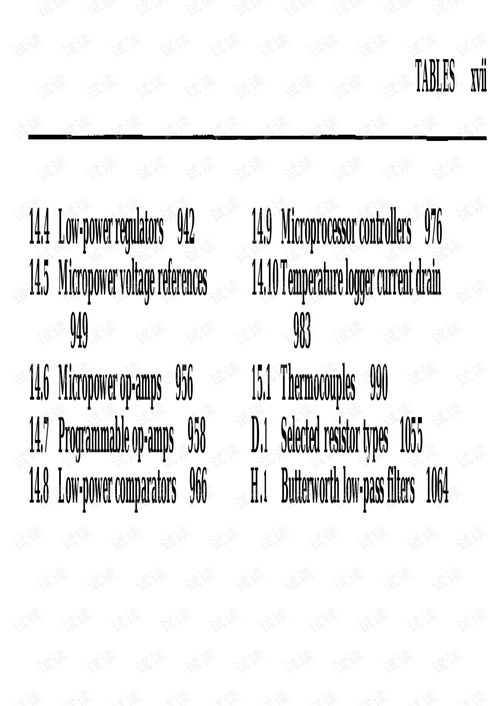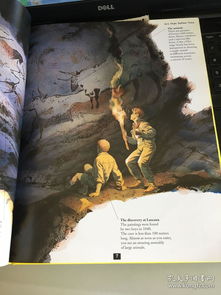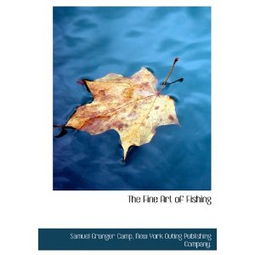Introduction
Fishing, an age-old pastime, has captivated anglers for generations. Whether you're a seasoned pro or a beginner looking to cast your line into the water, mastering the art of fishing can be both rewarding and exhilarating. In this article, we'll delve into some essential fishing techniques, share valuable tips, and provide insights into how to write about fishing for your own blog or publication.
Understanding the Basics: Essential Fishing Techniques
Choosing the Right Gear
- Rod and Reel: Select a rod and reel that match the type of fishing you plan to do. For freshwater fishing, a spinning rod and reel are versatile and suitable for most species.
- Line: Use the appropriate line thickness for the fish you're targeting. Thicker lines are better for larger fish, while lighter lines are more sensitive and ideal for smaller species.
- Hooks: Choose hooks that are the right size for the bait you plan to use. A good rule of thumb is to match the hook size to the bait size.
Bait and Lures
- Natural Bait: Live bait, such as worms, minnows, or crickets, can be very effective. However, it's important to respect local regulations regarding the use of live bait.
- Artificial Lures: Lures come in various shapes and sizes and can mimic the movement of real fish. Soft plastics, spinners, and crankbaits are popular choices.
Fishing Techniques
- Cast: Learn the basics of casting to ensure you can accurately place your bait or lure in the water. Practice different casting techniques, such as the overhead cast, sidearm cast, and roll cast.
- Bait Presentation: Once you've cast your line, it's crucial to present your bait or lure in a way that attracts fish. This can involve letting the bait sink, twitching it, or using a slow retrieve.
- Setting the Hook: When a fish bites, set the hook quickly and firmly to secure your catch.
Advanced Tips for Improved Fishing Success
Weather Awareness
Understand how weather patterns can affect fish behavior. Fish are often more active during overcast days or during certain times of the day, such as dawn and dusk.
Reading the Water
Observe the water's surface for signs of fish activity, such as ripples, bubbles, or disturbances. These can indicate where fish are holding.
Patience and Persistence
Fishing requires patience. Don't get discouraged if you don't catch anything right away. Stay focused and keep trying.
Writing About Fishing: How to Share Your Knowledge
Start with a Hook
Begin your article with an engaging introduction that captures the reader's interest. Share a personal story or a fascinating fact about fishing.
Structure Your Content
Organize your article into clear sections, each focusing on a specific aspect of fishing. Use headings and subheadings to make the information easy to digest.
Include Visuals
Use high-quality images, diagrams, or videos to illustrate your points. Visuals can make your article more engaging and informative.
Offer Practical Advice
Provide readers with actionable tips and techniques. Explain how to perform certain fishing moves or how to choose the right gear.
Personal Touch
Share your own experiences and insights. Personal anecdotes can make your article more relatable and memorable.

Call to Action
End your article with a call to action, encouraging readers to try out the techniques you've shared or to visit a new fishing spot.
Conclusion
Fishing is a hobby that can be enjoyed by people of all ages and skill levels. By mastering the basics, applying advanced techniques, and sharing your knowledge, you can become an invaluable resource to fellow anglers. Whether you're writing for a blog, a magazine, or a community group, following these tips will help you craft engaging and informative articles that will inspire others to embrace the art of fishing. Happy fishing!












